How Bruton built a place brand around quiet luxury
We explore how a sleepy town in Somerset became a cultural haven rooted in community, creativity and connection to nature
Creativity has long been woven into the lush landscape of Somerset, which is home to everything from global brands like Mulberry, to one of the world’s most famous music festivals with Glastonbury, to grassroots initiatives such as The Frome Independent, which sees local designers and makers take over the town once a month. Just down the road from all this, a tiny market town has emerged as an unlikely cultural epicentre over the last decade. Among Bruton’s cottage-lined streets, you’ll find a Grade II-listed chapel turned bakery, restaurant and B&B, a wine bar housed in a half-a-century-old pharmacy, and an array of independent stores showcasing lifestyle brands and makers-in-residence.
“Bruton itself has a rich history of writers, musicians, photographers and artists that have been drawn to the area, and the town continues to attract a unique creative mindset,” says Dea Vanagan, senior director at Hauser & Wirth Somerset. The town’s recent transformation can at least in part be traced back to the opening of the gallery’s outpost in Bruton in 2014, after founders Iwan and Manuela Wirth – who are regularly described as the most powerful couple in the art world – first moved there in 2007.
Set in a former farmstead overlooking the town, the gallery is home to a range of exhibitions, performances, events and learning spaces, as well as gardens designed by landscape architect Piet Oudolf, two restaurants and its own farmshop. “The ambition from the outset was to increase access to great artists in locations outside of traditional city centres, facilitating a deeper connection to nature, architecture and a slower appreciation of art,” says Vanagan.
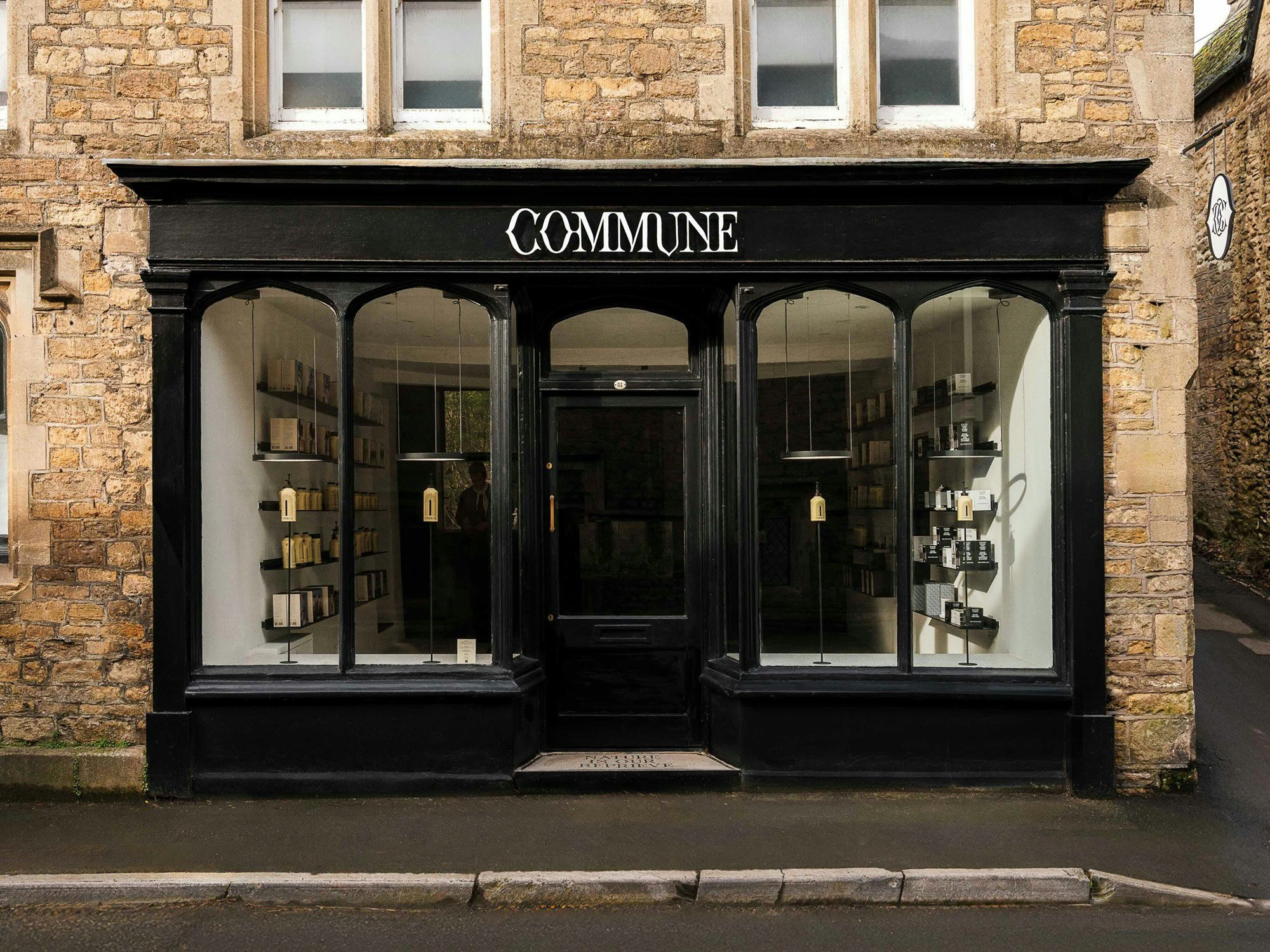
A more recent addition to Bruton’s community is sustainable self-care brand Commune, which is stocked everywhere from luxury hotels to department stores like Liberty. Co-founded in 2022 by husband-and-wife duo Kate Neal and Rémi Paringaux, who both come from fashion backgrounds originally, Commune was born following their move from Vancouver – where Paringaux worked as head of brand at Lululemon – to the Somerset countryside with a desire to work on their own project.
With Neal having already trained with well-known natural perfumer Mandy Aftel, a wellness brand informed by their career histories but rooted in the natural surroundings of Somerset felt like the perfect fit. The brand’s first scent, Seymour, which comes in an array of body, bath and hair products, is intended as a love letter to Bratton Seymour, the tiny hamlet where they spent much of the pandemic forging close relationships with the local community. “That’s why we always write on the bottle the definition of commune, to try and reinforce this idea that it’s not just the name, it’s like-minded people coming together,” says Paringaux.
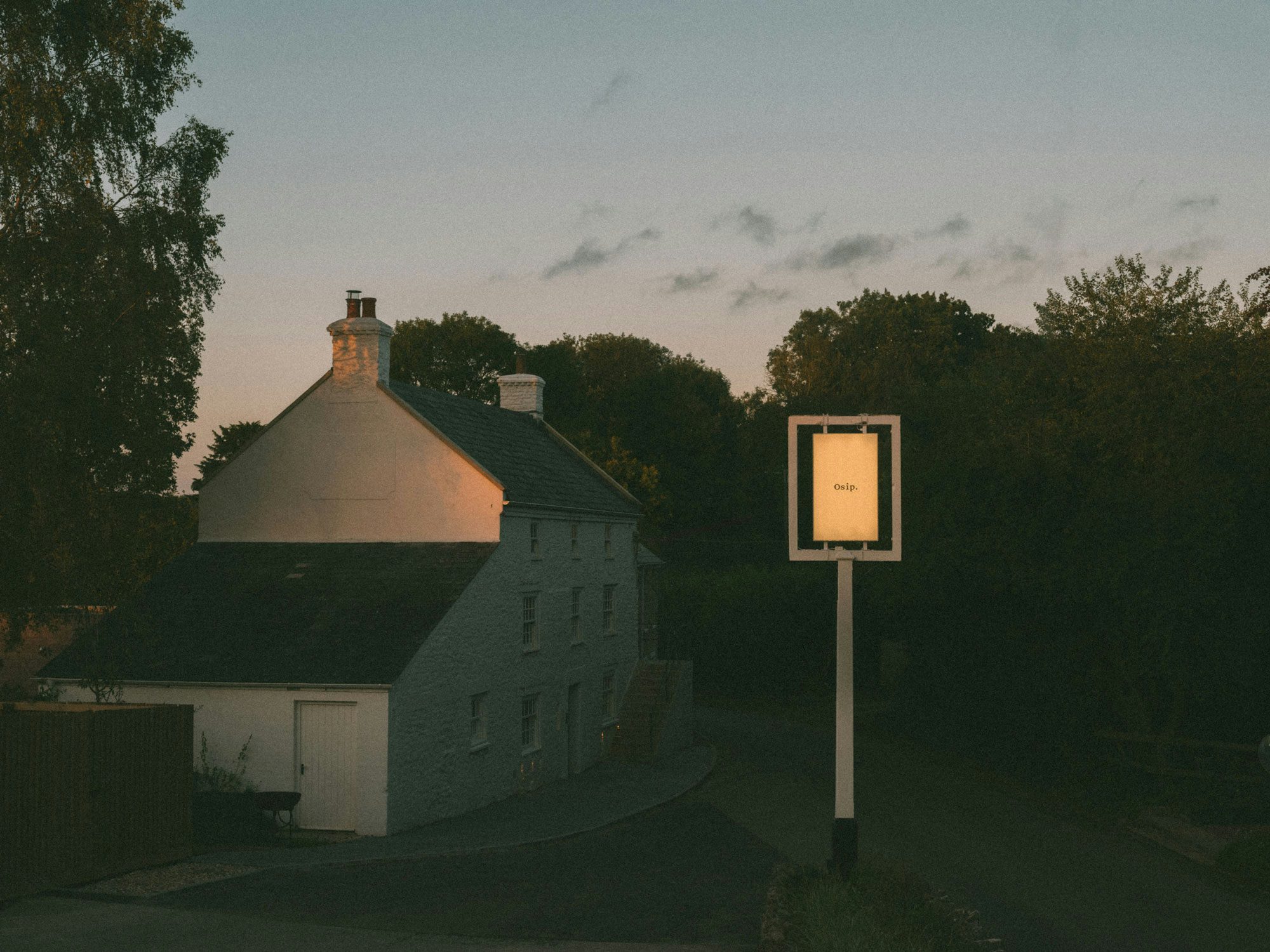
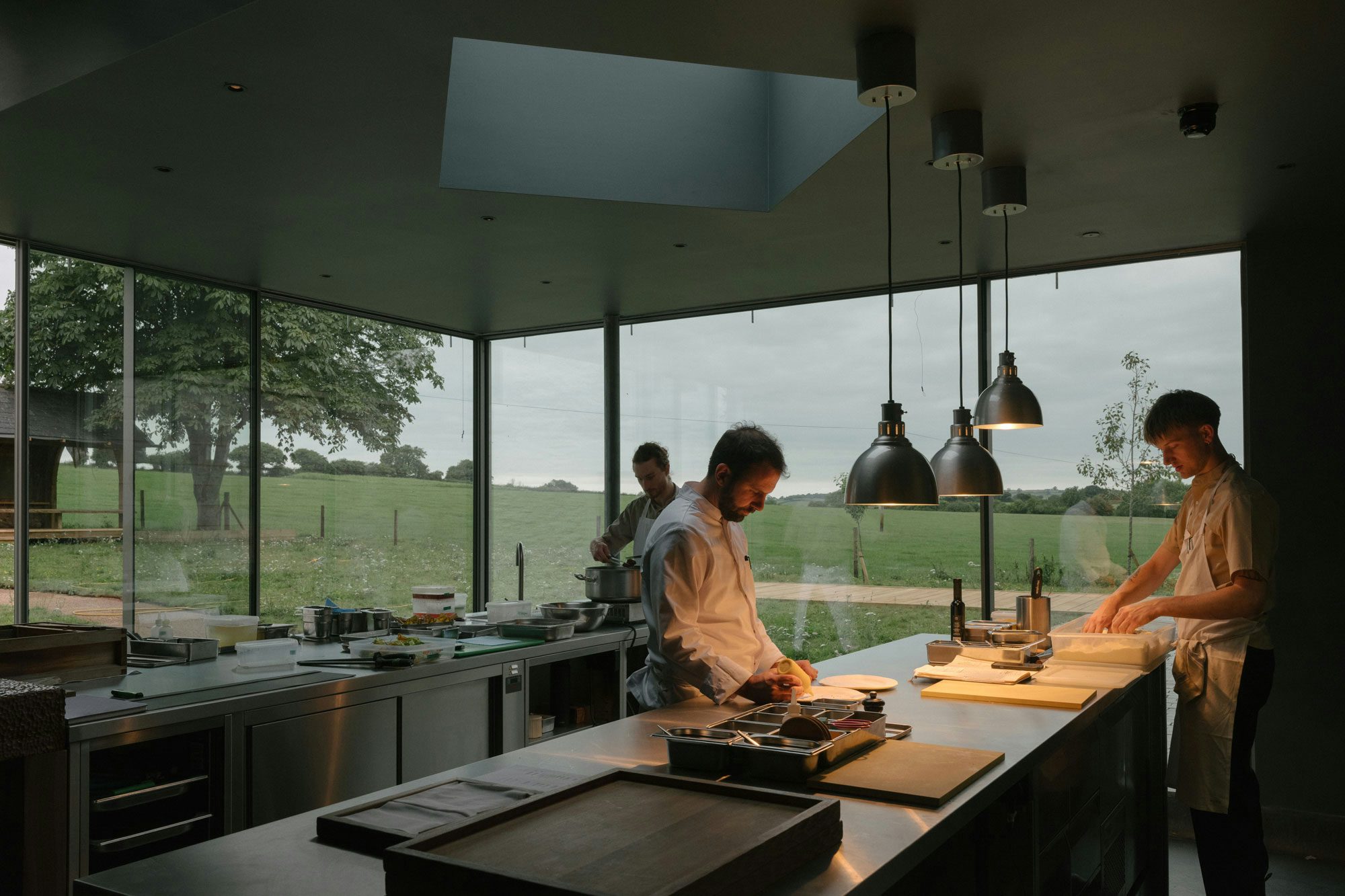
Commune’s bricks-and-mortar store on Bruton’s high street is also central to the brand’s broader mission. “When we started Commune, the whole intention had always been to have this physical place where people could come together. We always wanted this sense of place,” Neal explains. It joins a number of other lifestyle stores in the town, including Make Hauser & Wirth’s converted Georgian townhouse, which sells work by emerging and established artist-makers, and interior store Philo & Philo – the brainchild of fashion designer Phoebe Philo’s mum and sister.
As part of a growing number of brands embracing the folk renaissance (fitting given that Bruton is only a stone’s throw from Stonehenge), subtle folk references are woven throughout Commune’s branding, which is led by Paringaux as creative director. Its hero typeface Solstice, for instance, was crafted by designer Gareth Hague using the same shapes as Commune’s wordmark and monogram. Referencing the distinct curves of British Gothic architecture, the ‘o’ in the wordmark – shaped like an eclipse – features on everything from the piston on the hand soap’s pump through to the pattern on the outside of its candle, while the brand’s lifestyle photography references ancient Pagan cultures across Somerset.
We’re always mindful to find a balance between preserving what makes Bruton special and showing artists who can bring new perspectives
As well as innovating the self-care space through sustainable design (its aluminium packaging is one of the few materials that can be recycled repeatedly without loss of quality), the founders are continuing to build out Commune’s mission with an adjacent space in-store for collaborative workshops, complete with a custom, locally made perfume organ. And later this year they plan to launch their next summer-themed collection Montague, named after the village of Shepton Montague that neighbours their original hamlet.
Another newer resident who’s left his mark on the town over the last few years is Osip’s Merlin Labron-Johnson. Having made a name for himself at a number of well-known restaurants, including Portland in London where he gained his first Michelin star aged just 24, he describes his decision to put down roots in Bruton as “a very happy accident”, after being introduced to the owner of local hotel Number One Bruton by a mutual friend while looking to open his first solo venture somewhere outside of the capital.

“I came in June 2019 to meet Aled, who owns Number One, and spent a night here. I went to the local pub and walked round the shops, and it immediately reminded me of where I grew up [in Devon], the people were so friendly. So I just said yes straight away,” he recalls. While the chef knew he eventually wanted to have his own farm as part of the venture, it was during the pandemic that – as was the case for Commune’s founders – Somerset’s landscape and slower pace of life began to shape what Osip has become today.
“Covid in areas like this was a great thing for bringing people together in a weird way. There was a real focus on community and people helping each other, so the restaurant evolved after that because we got really busy, we started to get a lot of recognition, and it started taking its own path. That was very much guided by the farming project but then I started to know a lot of people in the arts and creative industries here, and also it started to attract a lot of those sorts of people, and that got me more connected to people in the craft world.”
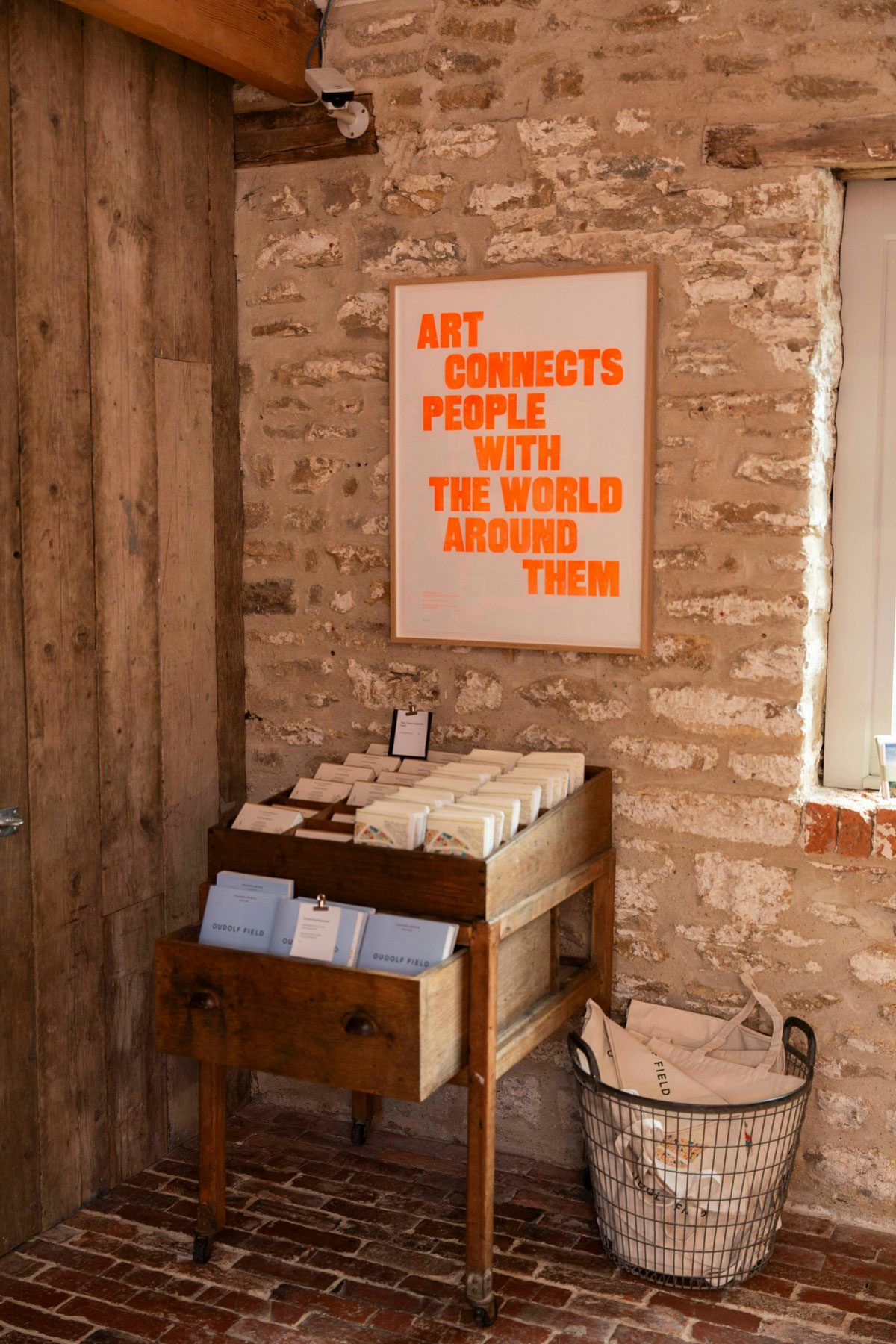
Having earned its first Michelin star in 2021 and a Green Michelin star in 2023, last year saw Osip move into its permanent home, a 16th century country inn on the outskirts of Bruton that has since been voted restaurant of the year at the Good Food Guide Awards. It’s part of a wider farm-to-table food scene that’s thriving in and around the area, including Briar (Osip’s replacement at Number One) and The Three Horseshoes in nearby Batcombe, headed up by St John’s Margot Henderson.
A 2000-acre working farm is also the beating heart of The Newt in Somerset just outside the town, which provides meat for the hotel’s butchery, apples for its cyder, milk for its cheese, and fresh garden crops for its restaurants and veg box delivery service. Regularly voted among the top hotels in the UK, the expansive estate is owned by billionaire husband-and-wife duo Koos Bekker and Karen Roos, who are also the brains behind Babylonstoren in Cape Town’s winelands.
Coming from London where people go out of their way to avoid any sort of social interaction, you’re like, why is everybody so generous? But then you realise that’s just how it works here
The Newt’s head of creative Atsushi Hasegawa is testament to the type of creatives who are being attracted to area. Having moved from Paris to nearby Frome, he joined the hotel as a designer in 2019 following a fascinating career spanning illustration, graphic design, styling, set design, DJing, TV production, magazine editing, trend forecasting and more. “The transition wasn’t easy, especially since I didn’t speak English at the time. But the local community has become more open-minded, thanks in part to the influx of people from London. That shift has made life here much easier – and more fun,” he says.
While Hasegawa’s work as a designer initially focused on The Newt’s branding, signage, menus and PR materials, his remit expanded rapidly when the pandemic hit, with the hotel’s veg box delivery service marking the beginning of its ecommerce journey. “One constant at The Newt is change. Over the past five years, we’ve opened new hotels, restaurants and museums. In parallel, I’ve grown the creative team to support design and decorative work across the entire estate,” he notes.


Bruton’s cultural transformation over the last decade hasn’t been without its critics though. For those that have lived in the town for generations, the influx of celebs and high-profile figures and a booming tourism business has meant that some existing businesses have been pushed out and house prices have risen dramatically. The ethical questions around placemaking and the importance of giving back to the local community is something that Labron-Johnson says he’s thought about a lot ever since moving there, particularly given that Osip is a fine dining restaurant. It’s a big part of why he opened sister restaurant and grocer The Old Pharmacy on the high street, which is more focused on casual dining.
As for Hauser & Wirth, Vanagan notes that entrance to the gallery and gardens has always been completely free to ensure that everyone is welcome, as well as opening two days a week exclusively for schools, universities and other learning groups. “Many of the people we work with have either grown up or lived in Somerset for decades. We’re always mindful to find a balance between preserving what makes Bruton special and showing artists who can bring new perspectives.”
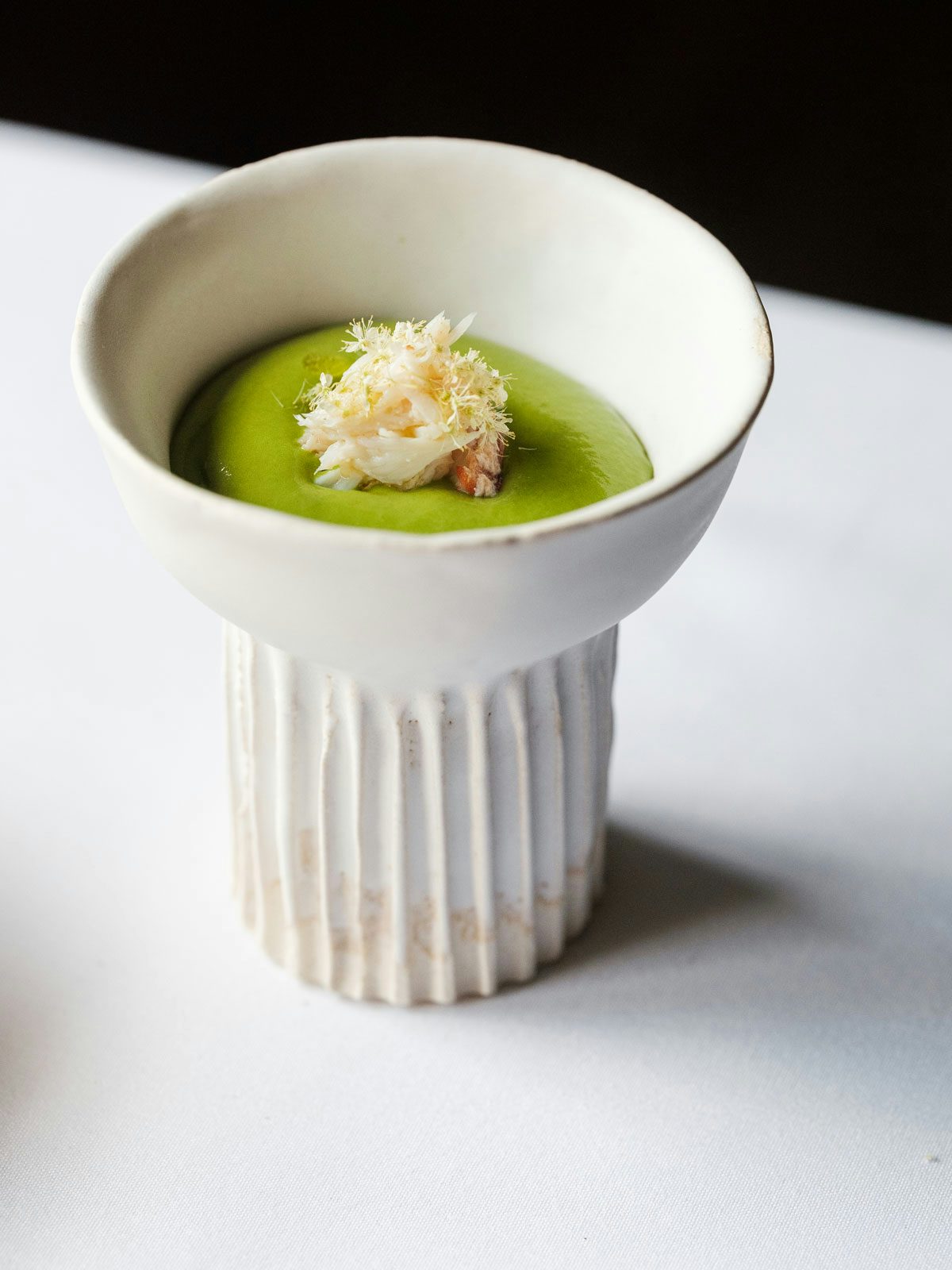
Hasegawa compares the ongoing changes in Bruton to a similar phenomenon in rural Japan, where he’s originally from. “Places that once struggled to attract residents are now being rediscovered, with outsiders – even foreigners – buying homes and revitalising those communities. There will always be mixed opinions, but I believe it’s positive when people bring new interest, creativity and appreciation for wildlife and craftsmanship into rural areas. It’s a delicate process, but it can breathe life back into towns that were at risk of disappearing.”
While some have reductively labelled Bruton as the “Notting Hill of the South West” and “the next Chipping Norton” – which is home to Daylesford Organic (aka the UK’s poshest farm shop) and celebs ranging from Jeremy Clarkson to the Beckhams – Neal suggests that it feels more in keeping with the quiet luxury ethos that’s started to gain traction more recently. “It’s not showy here at all, it’s the opposite. People don’t want to show, people are very unassuming,” she says. “There are so many people you don’t know who you are still meeting and are super interesting. Often people that are very understated and super creative.”

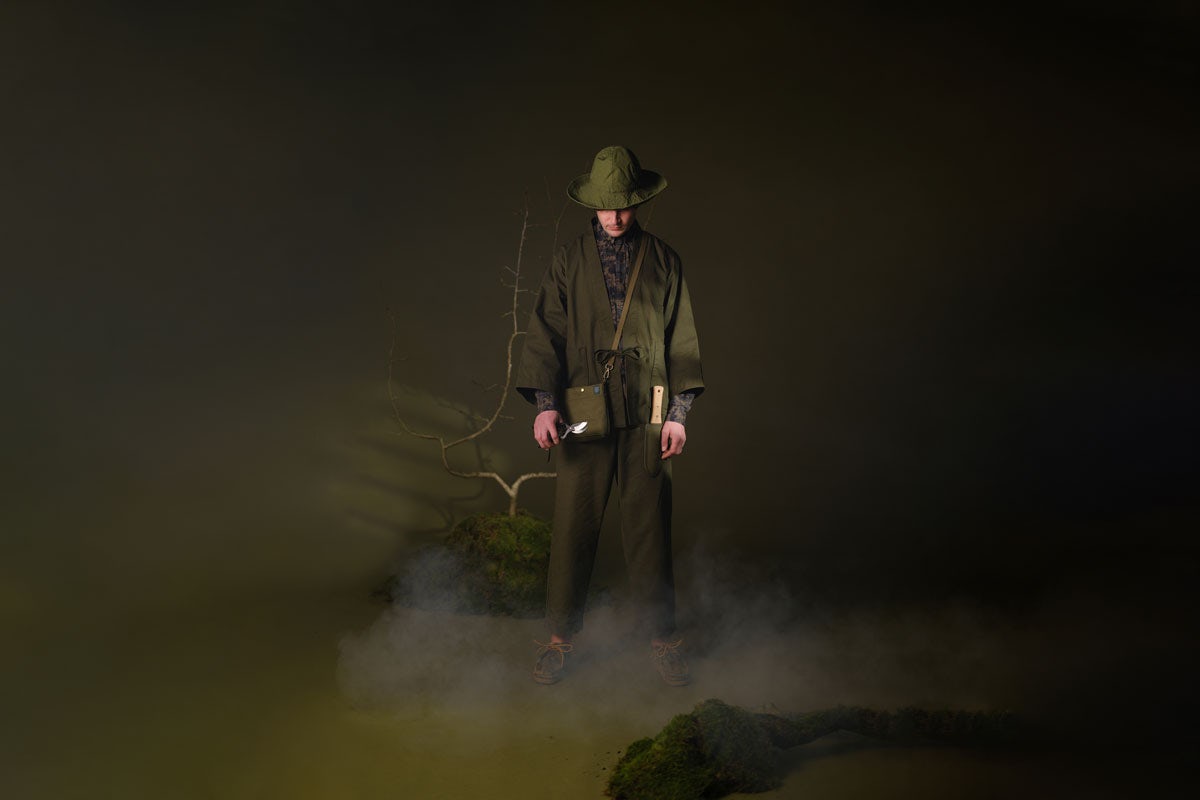
What’s clear is that creativity, connection to nature and, most importantly, community spirit are at the heart of Bruton’s emergence as a cultural haven over the last decade. “At first, coming from London where people go out of their way to avoid any sort of social interaction with strangers, you’re like, why is everybody so generous with their time? What do they want from me? But then you realise that’s just how it works here and it’s reciprocal,” says Labron-Johnson.
“There’s a lot of people that I work with on a creative level, whether they’re helping me design the garden, or doing some digital stuff on my website, or drawing a beautiful poster, I don’t pay them and they come and eat at the restaurant and they don’t pay. There’s still that old sense of bartering and just helping each other out, and I think that is really unique.”
hauserwirth.com; commune.cc; osiprestaurant.com; thenewtinsomerset.com




